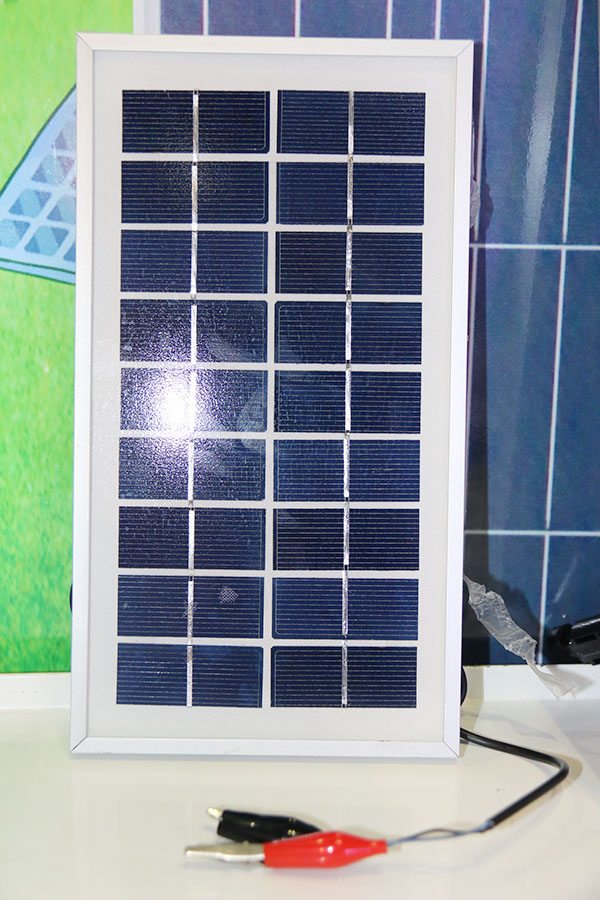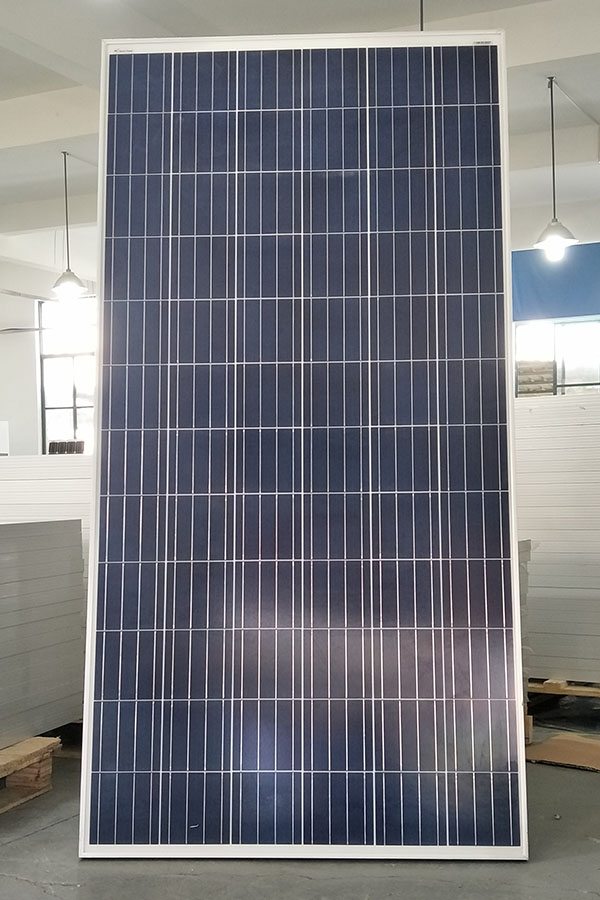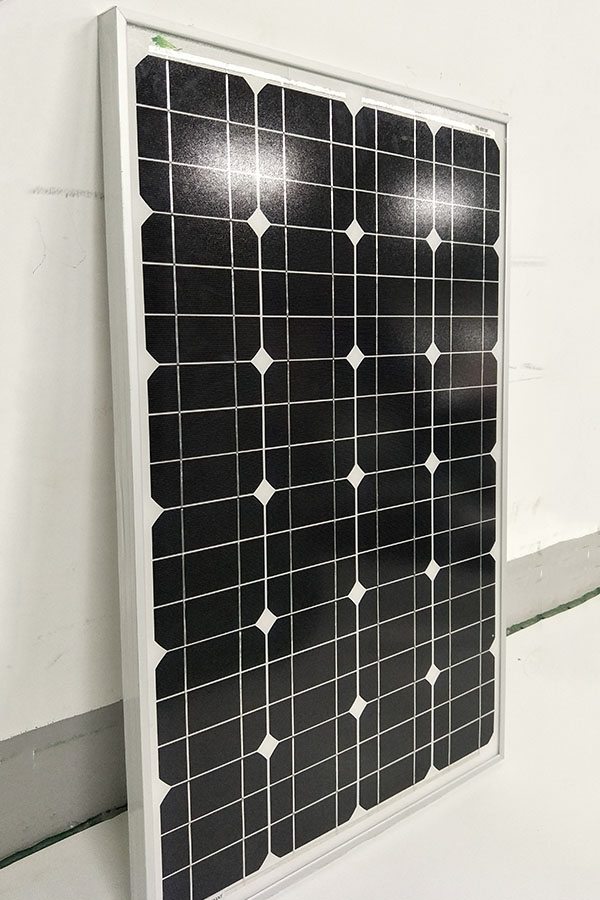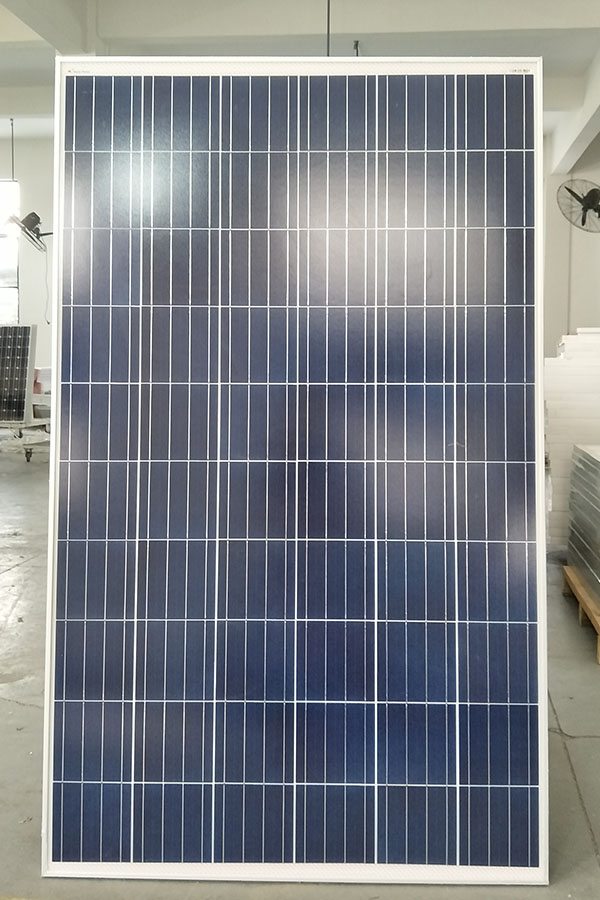Factory Cheap Poly-crystalline Solar Panel 3W Manufacturer in Porto
Short Description:
Our company puts emphasis on the management, the introduction of talented personnel, and the construction of staff building, trying hard to improve the quality and liability consciousness of staff members. Our company successfully attained IS9001 Certification and European CE Certification of Factory Cheap Poly-crystalline Solar Panel 3W Manufacturer in Porto, We sincerely welcome overseas customers to consult for the long-term cooperation and the mutual development.
Poly-crystalline Solar Panel 3W
Technical parameter
Maximum Power(W) 3W
Optimum Power Voltage(Vmp) 9V
Optimum Operating Current(Imp) 0.34A
Open Circuit Voltage(Voc) 10.8V
Short Circuit Current(Isc) 0.37A
Mechanical Characteristics
Cell Type Polycrystalline
No of Cell 18 (2x9pcs)
Dimensions 145x245x18mm
Weight 0.52KGS
Front Glass 3.2mm,High Transmission, Low Iron,Tempered Glass
Temperature and Coefficients
Operating Temperature(°C): -40°C ~ + 85°C
Maximum System Voltage: 600V(UL)/1000V(IEC) DC
Maximum Rated Current Series: 10A
Temperature Coefficients of Pmax: -0.435%
Temperature Coefficients of Voc: -0.35%
Temperature Coefficients of Isc: 0.043%
Nominal Operationg Cell Temperature (NOCT): 47+/-2°C
Materials of solar panel
1).Solar Cell——Polycrystalline solar cell 156*156mm
2).Front Glass——-3.2mm, high transmission, low iron, tempered glass
3).EVA——-excellent anti-aging EVA
4).TPT——-TPT hot seal made of flame resistance
5).Frame——anodized aluminum profile
6).Junction Box——-IP65 rated, high quality, with diode protection
Superiority: high quality anodized aluminum frame, high efficiency long life, easy installation, strong wind resistance, strong hail resistance.
Features
1. High cell efficiency with quality silicon materials for long term output stability
2. Strictly quality control ensure the stability and reliability, totally 23 QC procedures
3. High transmittance low iron tempered glass with enhanced stiffness and impact resistance
4. Both Poly-crystalline and Mono-crystalline
5. Excellent performance in harsh weather
6. Outstanding electrical performance under high temperature and low irradiance
Quality assurance testing
Thermal cycling test
Thermal shock test
Thermal/Freezing and high humidity cycling test
Electrical isolation test
Hail impact test
Mechanical, wind and twist loading test
Salt mist test
Light and water-exposure test
Moist carbon dioxide/sulphur dioxide
For more information visit: http://bit.ly/OHM13_web
To download the video visit: http://bit.ly/OHM13_down
Playlist OHM 2013: http://bit.ly/OHM13_pl
Speaker: Felicitus
Considerations on how to build a solar powered autonomous router, from planning phase to the final project.
In this talk I’ll go through the considerations on how to plan and build a solar powered autonomous router. This includes calculations on the solar panel size, which components the setup needs, how the system can do self-monitoring and what you can possibly do with such a system.
This talk is also suitable to learn the basics for stand-alone photo-voltaic systems; you don’t necessarily power a router with the system. You’ll learn how to calculate the panel and battery sizes required for your project.
Additionally I’ll present a few projects on how to visualize collected power data as well as SolarWind, a solar-powered router for less than 100€.
Every Solar Array is different. Ours is a 2k array. The pole mount was designed orgially with our wind turbine which was a 2k also. SO assuming lots of power. BUT the solar guy didn’t realize the wind on the up here wasn’t what HE thought. We are still working on the array and thinking now of adding more panels and addressing the batteries. But here’s a quick peak! Something you should really sit down before you move and figure out!





